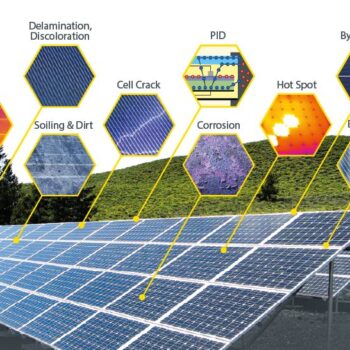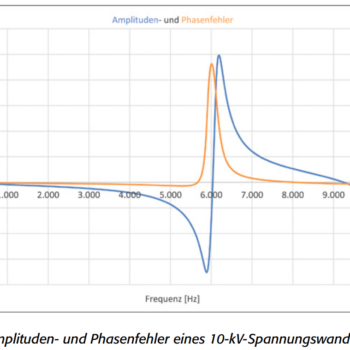
Digitalisation of electricity grids
- Posted by Neo Messtechnik
- On 27. December 2022
- 0 Comments
Table of Contents
Introduction
Electrification continues to advance in order to further reduce the share of fossil fuels in the energy mix. The new regulations that legitimise extensive metrological monitoring of customer installations are not yet being implemented on a large scale. In the case of digitalisation projects, however, the new standards should by no means be disregarded. Currently, the digitalisation of the distribution grid is being driven forward in many countries around the world. The concepts range from a “digital trailing indicator” to current and voltage measurements up to 2 kHz. Here, the EN 50160 data are often checked. The great commonality of all projects is to establish the greatest possible number of charging stations for electric cars and heat pumps without additional grid expansion.
In addition to the synthetically generated sine curves of alternative energy sources feeding into the grid, the connected loads are so-called non-linear loads that draw a deformed current from the grid. This deformed current influences the voltage quality at the entire connection point.
Distortion of the supply voltage at the busbar due to non-linear loads

Kirchhoff’s basic laws confirm that electrical energy is the only product for which the customer himself has a decisive influence on quality. In Germany, the Technical Guidelines for Installations (TAR), which have been revised in 2019, provide the electricity suppliers with a set of regulations that are intended to protect the distribution grids from these repercussions. Current measurements and limit values up to 9 kHz for mixing plants, supply plants, generation plants or storage plants have been legitimised. Defined maximum values may not be exceeded by the customer installation. The development could possibly be similar to the history of reactive power. While reactive power was initially free of charge for the customer, a not inconsiderable additional load on the grids could be observed. As a result, the reactive power had to be remunerated by the customer in the same way as the active power. Something similar is to be expected with the distortion reactive power.
In some sets of rules the additional loading capacity of equipment due to harmonics is already clearly defined. For example, the IEEE specifies a THDi of less than or equal to 5 percent as normal operation. If there is a greater distortion of the current, the nominal power of the transformer must be lowered.
This is to limit the additional losses of the transformer that occur due to the current harmonics. Particularly in the case of commercial customers, consumers can be used that have a considerably larger distortion factor of the current.
Examples
For example, frequency inverters without damping choke often generate a THDi of up to 100 %. LED lamps up to 25 W are not regulated by any product standard with regard to the distortion factor.
THDi values of up to 70 % are not uncommon here. In addition to current harmonics, photovoltaic systems and bridge rectifiers feed DC components into the grid. These are also limited to a maximum of 20 mA by the TAR. A metrological check is not usually carried out by the utility company here either.
In scientific publications, 67 % of the examined converters for photovoltaic systems already exceed the maximum value of 20 mA, in some cases significantly. In the case of common local network transformers, DC levels of 250 mA already mean a strong half-wave saturation, which can be heard as a loud hum.
Prospects
If the grids are utilised more heavily in the future by electricity-intensive consumers, it is imperative that the measurements defined in the regulations are implemented. Otherwise, the service life of the equipment in the electricity supply networks will be negatively affected in the long term. The originator should remedy this by filter systems or higher-quality equipment. Furthermore, it must be considered that power transformers can transmit current and voltage harmonics in principle, taking resonance points and circuit configurations into account. Thus, comprehensive power quality measurements at all voltage levels are now advisable.
Possibilities of NEO Messtechnik

The PQM 100 offers 4 voltage and up to 32 current inputs. The PQM 200 offers up to 40 configurable input channels.




0 Comments